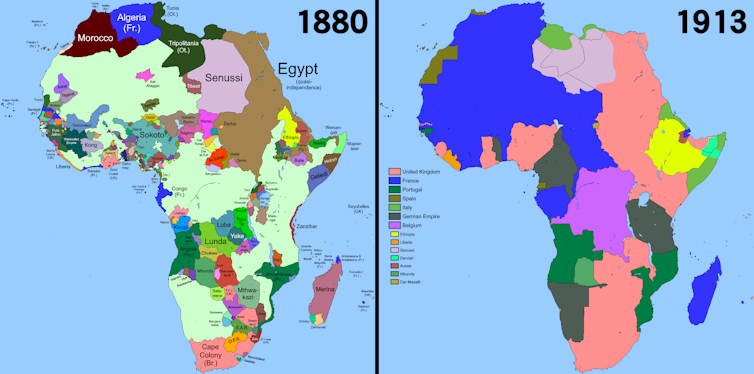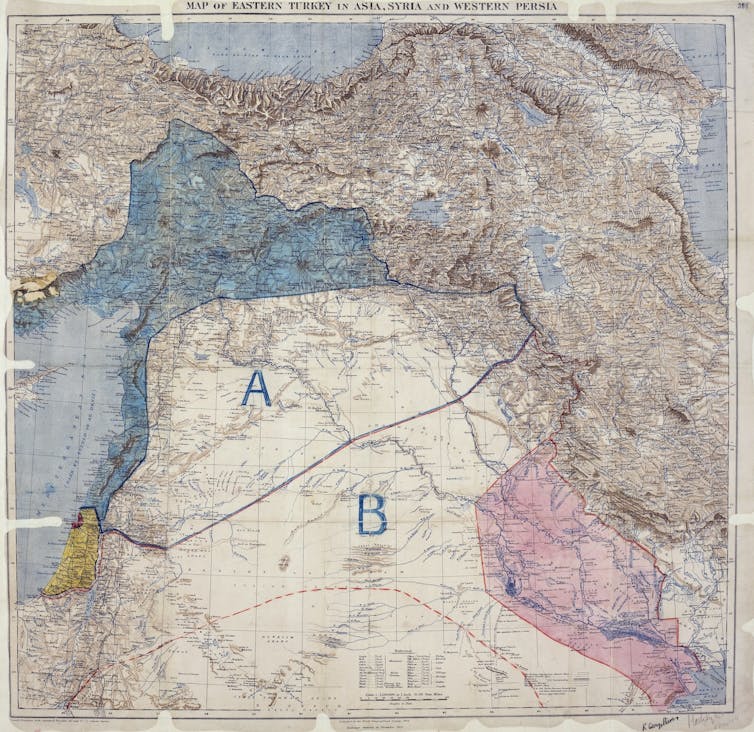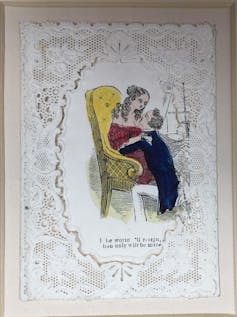This article is part of a series by The Wire titled ‘The Early Parliamentarians’, exploring the lives and work of post-independence MPs who have largely been forgotten. The series looks at the institutions they helped create, the enduring ideas they left behind and the contributions they made to nation building.
A long 37 years in parliament earned Indrajit Gupta the moniker “father of the house”. February 20 marks the 24th death anniversary of communist leader and veteran parliamentarian. He was elected to the Lok Sabha 11 times, making him independent India’s longest serving parliamentarian.
Gupta received the Outstanding Parliamentarian Award in 1992 and was the first communist home minister of India. But in many ways he was surprisingly shy – as a young man, he was in love with a woman named Suraiya but could not quite get himself to propose. He finally married Suraiya when he was 62; he had to wait 40 years until her first marriage with photographer Ahmed Ali (father of socialite Nafisa Ali) was legally dissolved.
As an opposition stalwart and the leader of the Communist Party of India, Gupta’s speeches in the Lok Sabha were marked by force, with moderation and criticism within reason, which earned him the admiration of even his political opponents.
As home minister during the United Front Government (1996-98), he was blunt about the government’s failures and raised many eyebrows among the treasury benches with his frank observations. When he was home minister and the BJP was the main opposition party, his favourite sentence when meeting the more vocal opposition members after a stormy day was, “If I were in the opposition I wouldn’t have done what you did.” His stature as the oldest member raised him to the position of pro-tem speaker in 1991, 1996, 1998 and 1999.
It is noteworthy that Gupta became the first communist to hold the powerful post of Union home minister in 1996. This was a dramatic reversal of roles, as the home ministry had banned the Communist Party thrice since independence, leading to many of its members, including Gupta, being jailed or forced underground for long periods.
According to CPI(M) veteran parliamentarian late Rupchand Pal:
“Whenever the House was in disorder of some sort, whatever the dimension of the disorder, every section of the House looked to “the Father” sitting in the corner of the front bench facing the Chair… Ultimately, the baritone voice in quality English “the Father” spoke out. And the House found a solution. The House was again in order, following a brief discussion in the Hon’ble Speaker’s Chamber and, of course, in the presence of the ‘Father’. It was a long innings spanning decades for “the Father” in Parliament, starting from 1960 and continuing till his death.”
Born on March 18, 1919 to a family of distinguished civil servants, Gupta chose to serve the nation rather than opt for the civil services as a career. After his schooling in Shimla, he graduated from St Stephen’s College, Delhi, in 1937 and then left for a higher education in England where he joined the King’s College and Cambridge University. Attracted to the communist movement during his student days in Britain, he returned to India in October 1940 after obtaining a degree in economics.

Illustration: Pariplab Chakraborty
Gupta was a member of the enlightened Brahmo Samaj and related to B.C. Roy, one of West Bengal’s most charismatic chief ministers. So, on returning to India and becoming a trade union leader in Bengal’s jute mills, he had to undergo a “declassification”.
As a committed activist of the Communist Party of India (CPI), Gupta went underground for one and a half years in 1948-50 and suffered imprisonment in 1953 and 1959 and then again in 1969. But these hardships did not deter him in any way; on the contrary, he remained devoted to the party, involving himself with the grassroots workers and the trade union movement. In the years that followed, he represented and articulated the voice of the Communist Party in the parliament.
According to his old buddy and former chief minister of West Bengal Jyoti Basu:
“Indrajit Gupta was a few years younger than me. I met him in England after 1936 when he was a student in Cambridge. Those were stirring times with reaction and fascism on the march. The political ferment attracted particularly the student community, including the Indians in a big way. We organised the Indian Student’s Federation and Majlis’s in London, Cambridge and Oxford and participated in political debates and propagated the cause of freedom for India and helped Shri Krishna Menon’s India League in its propaganda work. Some of us, including Indrajit Gupta and myself, joined the Communist Party as whole-timers in 1940. I remember how to avoid arrest we stayed together in the underground dens for quite some time. After the split in the party Indrajit remained in the CPI and I joined the CPI(M). Both of us were working in the Trade Union Movement. Like a true communist he engaged himself in parliamentary and extra parliamentary activities. Even when the party split, we did not put up a candidate against him and helped him to win.”
In 1964, when the party split over the China issue, Gupta was among the 35 members of the National Council who swore allegiance to the parent organisation led by S.A. Dange. In fact, he drafted the main resolution of the Dange loyalists. He hated Dange’s pro-Congress policy, especially after the Emergency, but never challenged it outside the party forum.
Gupta was elected to the Lok Sabha in a by-election from West Bengal in 1960 and remained a member until his death except for the period 1977-1979. The CPI was defeated in the 1977 general election for supporting Indira Gandhi’s emergency rule.
In 1968, Gupta was elected the secretary of the National Council of the CPI. He was then elected deputy general secretary of the party in 1988. Finally, he was made general secretary of the CPI in 1990. He held the office for six years until 1996.
An active trade unionist, he had earlier been general secretary of the All India Trade Union Congress. He was vice-president of the World Federation of Trade Unions and was elected its president in 1998. Though born in a well-to-do family, with a number of family members having served as civil servants both before and after freedom, Gupta found himself drawn towards fighting for the downtrodden and exploited masses. He chose to identify himself with the working class.
The issues that affected the lives of ordinary citizens always found an echo in Gupta’s speeches, both in parliament and outside. He spoke passionately for workers’ rights, minimum wages, trade union rights, etc. He repeatedly brought up the plight of jute mill workers, tobacco plantation workers and agricultural labourers in the Lok Sabha. The rise in prices of essential commodities too was a recurring theme for him. The drought situation, food scarcity, ineffectiveness of the public distribution system, the crisis in the educational system, infrastructural inadequacy in the health sector, the difficulties faced by paramilitary forces, etc. were subjects close to his heart.
Gupta was a vocal champion of the cause of gender equality and was at the forefront to demand action to have specific and concrete schemes and legislative and administrative measures for the empowerment of women. He spoke with passion and sensitivity when issues concerning women came up before parliament. When the Lok Sabha was considering a resolution on measures to put an end to economic and social injustice to women, he advocated the reservation of 15% seats for women in Parliament, as far back as in 1975. At the same time, he had also consistently called for a struggle against the centuries’ old irrational prejudices which belonged to an obsolete, feudal society and stressed on a campaign for removing adult illiteracy among women, mainly in the rural areas. In his 37 years as a Lok Sabha member, he stood for principles and deep commitment to values.
Gupta had to his credit two publications, ‘Capital and Labour in the Jute Industry’ and ‘For self-reliance in national defence’. His grassroots experience, incisive intellect and brilliant oratory skills helped him reach out to all sections of people, who found him accessible despite his high standing in public life. In fact, even as the Union home minister, he preferred to live in his two-room flat in the Western Court in New Delhi rather than shift to a spacious bungalow that was his legitimate due.
Gupta died of cancer in Kolkata on February 20, 2001 at the age of 82. Even after his death, leaders from across party lines paid tribute and remembered him fondly.
On his death, then President K.R. Narayanan paid homage to this outstanding parliamentarian by saying:
“A brilliant and veteran parliamentarian and a true leader of the people, Shri Indrajit Gupta remained at the vanguard of the Communist movement in our country and fought for the rights and freedoms of the people, especially the underprivileged, till the very end of his life. He enriched parliamentary proceedings and debates with his passionate espousal of public cause, his eloquent oratory and subtle and penetrating wit. In his long and eventful public life, marked by disarming Gandhian simplicity, democratic outlook and deep commitment to values, uncompromising integrity and honesty, Shri Gupta earned the affection and respect of all people who came into contact with him, cutting across the political parties and ideologies.”
According to then Prime Minister Atal Bihari Vajpayee, Gupta was a “towering personality” whose “life was like an open book”.
On December 5, 2006, a statue of Gupta was unveiled in the Parliament House by then Vice-President of India Bhairon Singh Shekhawat.
Qurban Ali is a trilingual journalist who has covered some of modern India’s major political, social and economic developments. He has a keen interest in India’s freedom struggle and is now documenting the history of the socialist movement in the country.
















